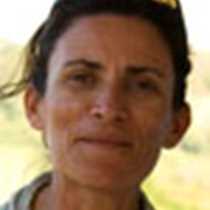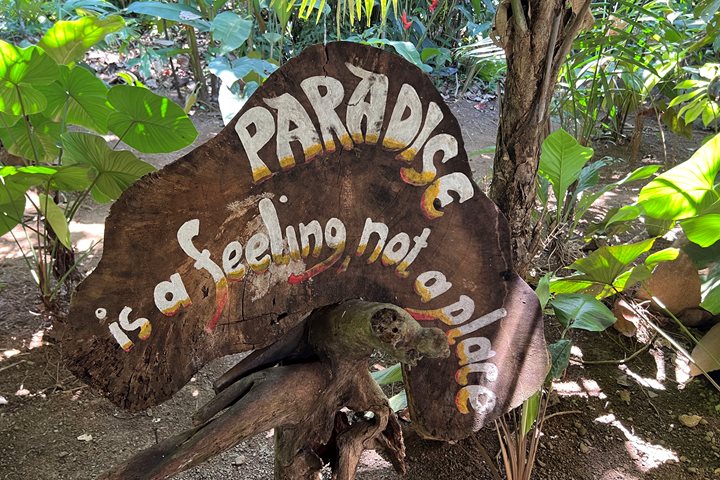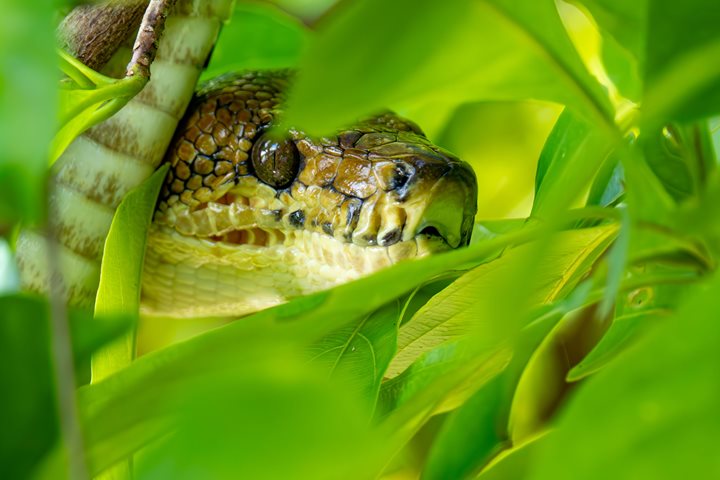The last day of our excursion took us to one of the best visited National Parks in the country; with an area of only 3600 hectares, this park is the quintessential image - if not the accurate one - of what a tropical rain forest is. Manuel Antonio is surrounded by water or pastureland, which converts it into a “land island” that isolates the medium sized mammal populations and keeps them inside, allowing for great sighting opportunities.
As we disembarked onto the white sandy beach of Espadilla Sur and change into our dry walking shoes, we split into two trails: the Sloth Valley Trail and Punta Catedral. The first one is the flatter option where our main focus is looking for wildlife as we don’t need to worry about the uneven terrain; the second one is also focused on looking for wildlife, but with the plus of a rugged trail and a long hike. We do offer another quite popular third option, known to the naturalists as the “stationary walk” staying at the beach station, which in many cases is more rewarding than any hike, as the wildlife tends to come along and look through our belongings.
Whichever hike we took, they all rewarded us with great sightings of monkeys, sloths, crab-eating raccoons, ctenosaur lizards, basilisk lizards, and a large assortment of bird species; not to overlook the incredible amount of tree species that we also see: Panama, beach almond, beach gourd, Aspidosperma sp., coconut, figs, stinking toe (Hymenaea courbaril), pink Tabebuia trees, not to mention lianas, vines, epiphytes, ferns, palms, you name it. One of the most incredible sightings of today had to do with mothers. We got to see a three-toed-sloth with a baby, a few white-throated-capuchin monkeys also with babies; but the best of all, was a young howler monkey female with her two week old baby. We know it’s that young because of the silvery coloration of its fur. Our last day in this tropical coastline gave us quite a spectacular farewell.







